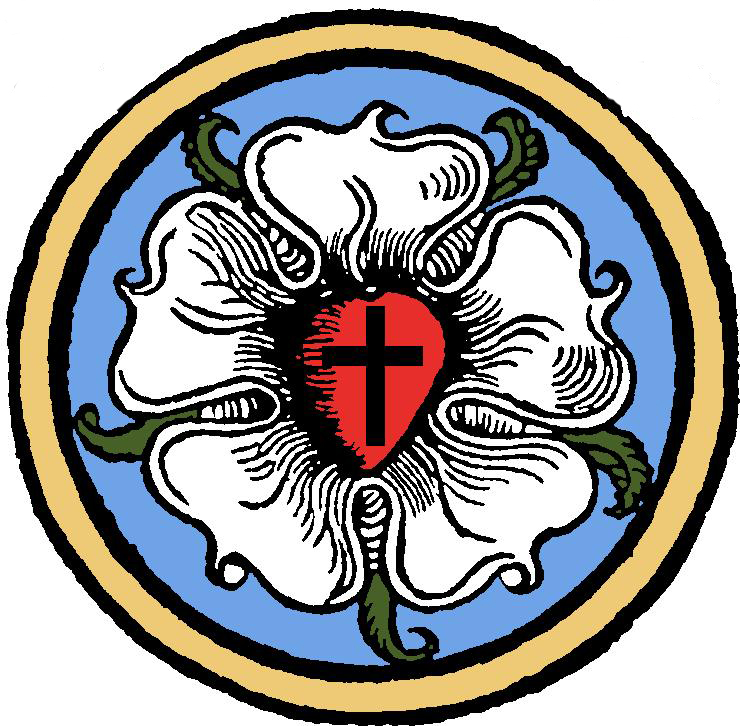Episodes

Sunday Aug 06, 2023
Bible Study - Revelation 1-3 Part 3
Sunday Aug 06, 2023
Sunday Aug 06, 2023
As we heard last week, John makes it clear that he is writing a message from the one true Triune God, Father, Son, and Holy Spirit, and that this message centers especially in the saving work of God the Son, Jesus Christ, already accomplished, and His promise to come again in glory.
John received a number of visions from the Lord God, and the first he reveals is in Revelation 1:9-3:22, the focus of this study. In 1:9, John identifies himself as the one who received this vision and the others, as he had done in 1:4. and does again in 22:8. He speaks in the same way as Daniel did, several times, in his Old Testament book: “I, Daniel.” (See Daniel 9:2, 7:15, and 8:1.)
John identifies himself, with the people in the seven churches to whom he writes (1:11), calling himself their “brother and partner” (one who has fellowship with them) because of their faith together in “the Word of God and the testimony of Jesus” (1:9). Through Jesus, they share in the “Kingdom” of God (1:6), but being in this Kingdom in this sinful world also means that they share in “tribulation” (trouble and pressure that can lead to persecution) and in the need for “patient endurance” in the strength of Jesus (1:9). (The Roman historian, Pliny, identified this same island of Patmos, mentioned in 1:9, as a place of exile for people in trouble with the Roman authorities. Some were required to work in mines there, though we don’t hear that said specifically of John. It was certainly a place of “tribulation” and the need for “patient endurance” for him, too.)
John says, in 1:10, that he was “in the Spirit on the Lord’s day.” That John was “in the Spirit” means that he was being inspired and led by the Holy Spirit in what he wrote, as were the other Biblical writers.(See the same phrase used of David’s writing, quoted in Matthew 22:43.) The “Lord’s day” refers to Sunday. Christ had made Sunday His special day, as He rose from the dead on that day and sent the Holy Spirit on Pentecost, also a Sunday. Christians soon began to worship together on Sunday, “on the first day of the week,” though there was no requirement to do so. (See Acts 20:7, for example.)
The commentator, Lenski, mentions this and says Revelation 1-3 could be summarized as “John sees Christ.” Lenski also suggests that John, sitting in exile, must have greatly missed being able to worship regularly with the fellow believers in the churches he was the leader of for so many years. (Think about “shut-ins” in our own churches today. How hard it must be for them, too, not to be able to get out to worship as they used to do. Pray for them and send them a note of encouragement or visit them, once in a while, if it is possible.)
John first hears a voice behind him, in his vision - a voice “great and loud, like a trumpet” - commanding him “to write what he sees in a book and send it to the seven churches” (1:10-11). (We will talk more about the specific churches when we get to Chapters 2 and 3.) John turned to see who was speaking, and he saw seven golden lampstands and in the midst of them, “One like a Son of Man, with a long robe, down to His feet, and a golden sash around his chest.”
This term “son of man” was used often of Ezekiel in the Old Testament, as a prophet, but it is used much more often by Jesus, referring to Himself, in the New Testament, and reflecting what was said in prophecy of another “Son of Man” in Daniel 7:13-14 in the Old Testament. This Son of Man was presented to “the Ancient of Days,” God the Father, and He “was given dominion and glory and an everlasting Kingdom” in which “all kinds of people and languages and nations would serve Him.” This is almost exactly what John said of the risen, victorious Lord Jesus in Revelation 1:5-6. John was seeing in his vision the Lord Jesus as the Son of Man, as well as the Son of God, in glory in heaven.
In what John sees in this vision, Jesus now looks much like “the Ancient of Days,” God the Father, as described in Daniel 7:9, who had “clothing white as snow, and the hair of His head like pure wool, and fiery flames all around Him.” Compare this description with what is said of the “Son of Man” in Revelation 1:14. That it is Jesus in glory, like His Father, is confirmed in Revelation 1:17-18, where this “Son of Man” speaks and says, “I am the First and the Last, and the Living One. I died , and behold, I am alive forevermore.”
There is much more in Revelation chapter one, but we will stop at this point, before this gets too long. Keep reading and be thinking about why God would give this vision to John, for his sake, and to be relayed to the churches, at this particular time. Notice also how Jesus in glory explains the true meaning of at least some of what John sees. What does this tell us about how we should read what is said in Revelation? The Lord’s continued blessings!


No comments yet. Be the first to say something!